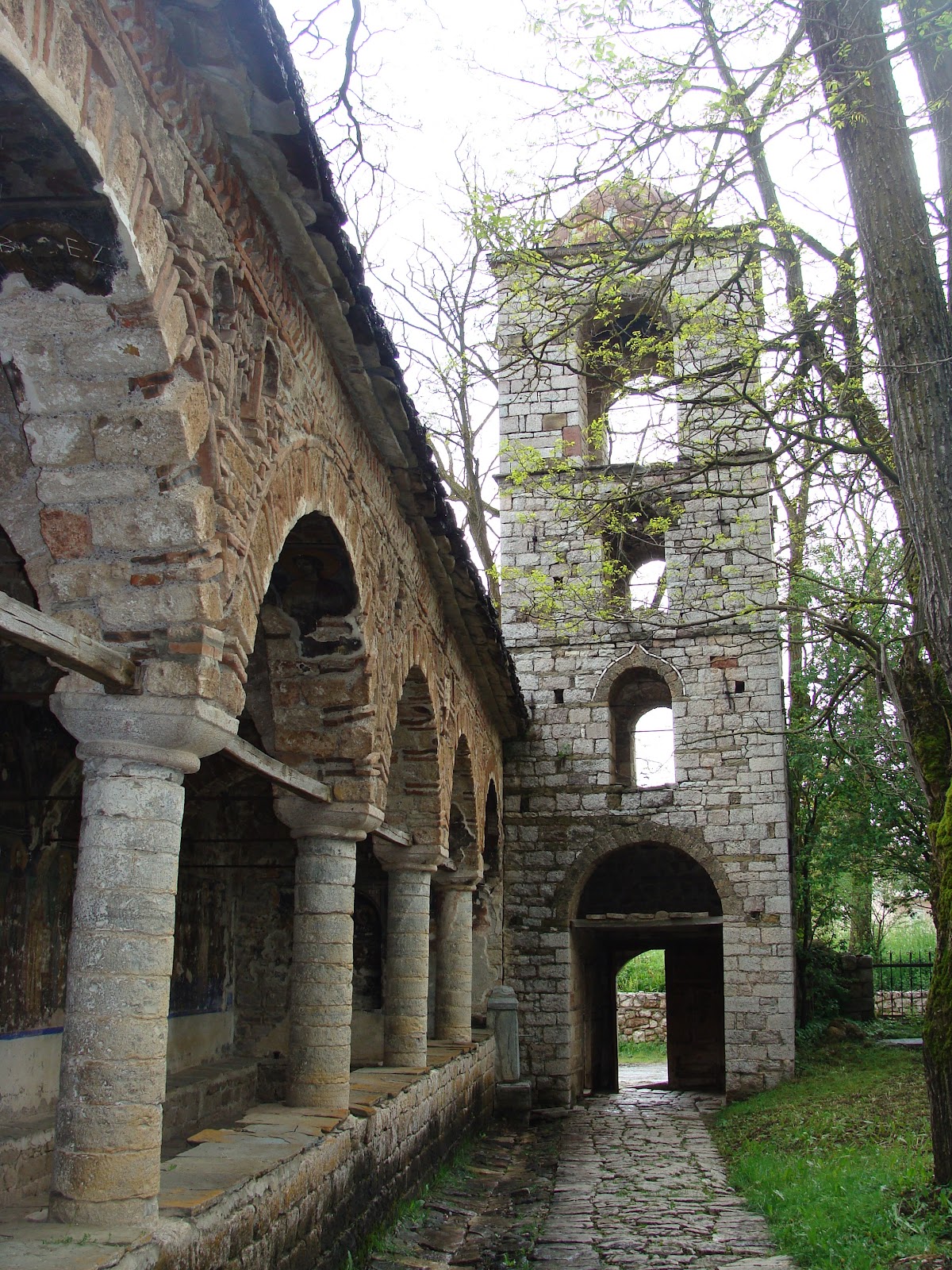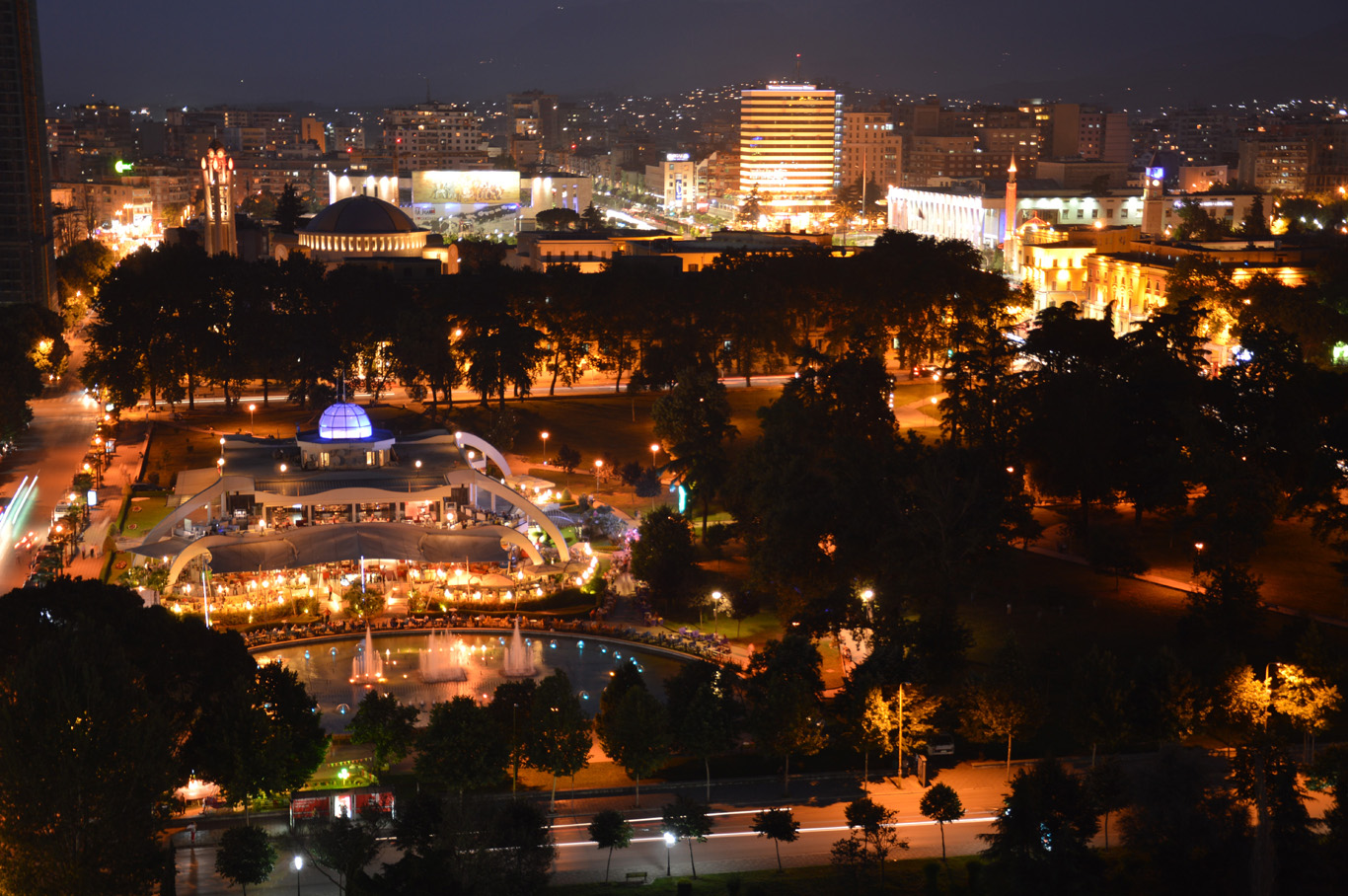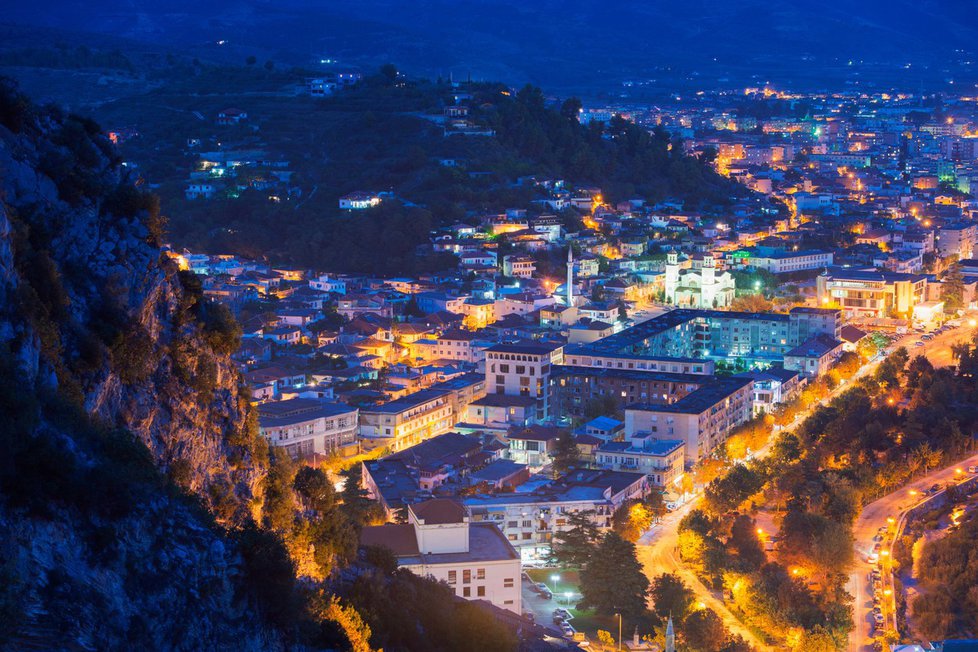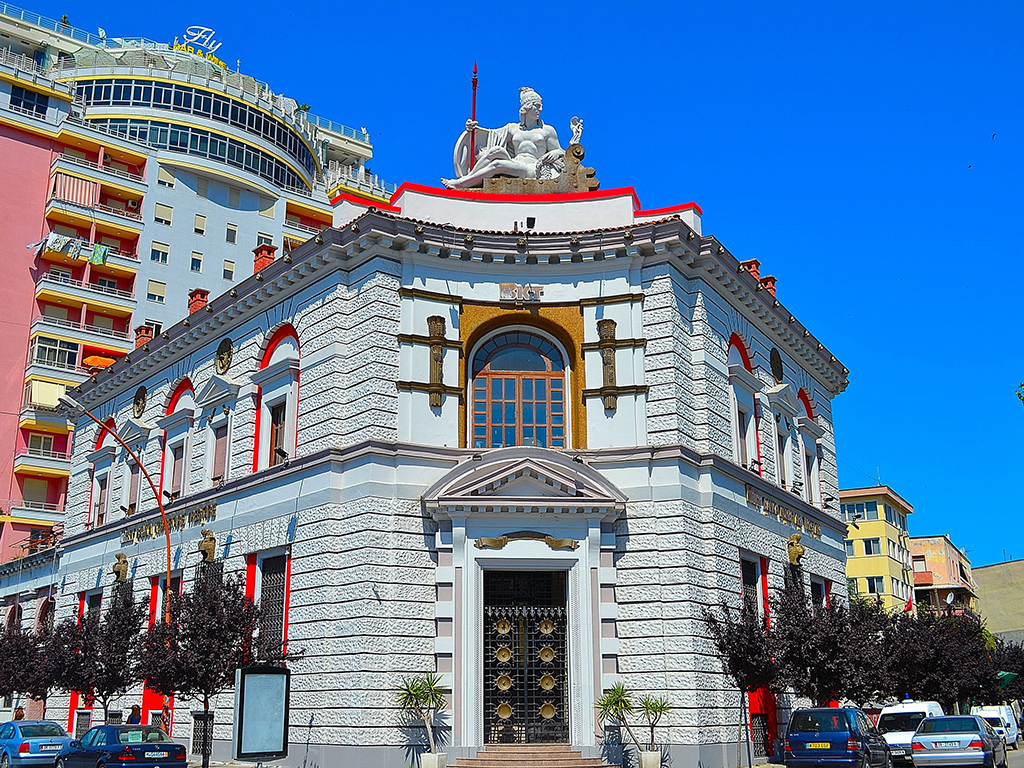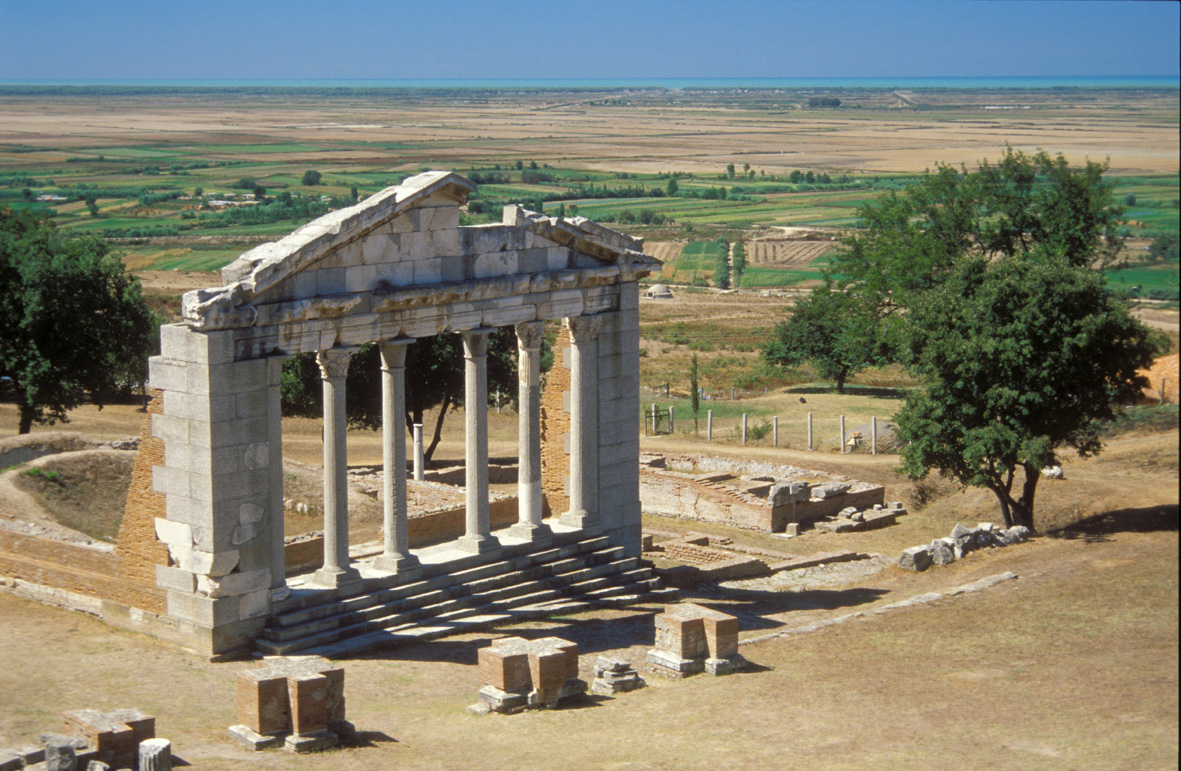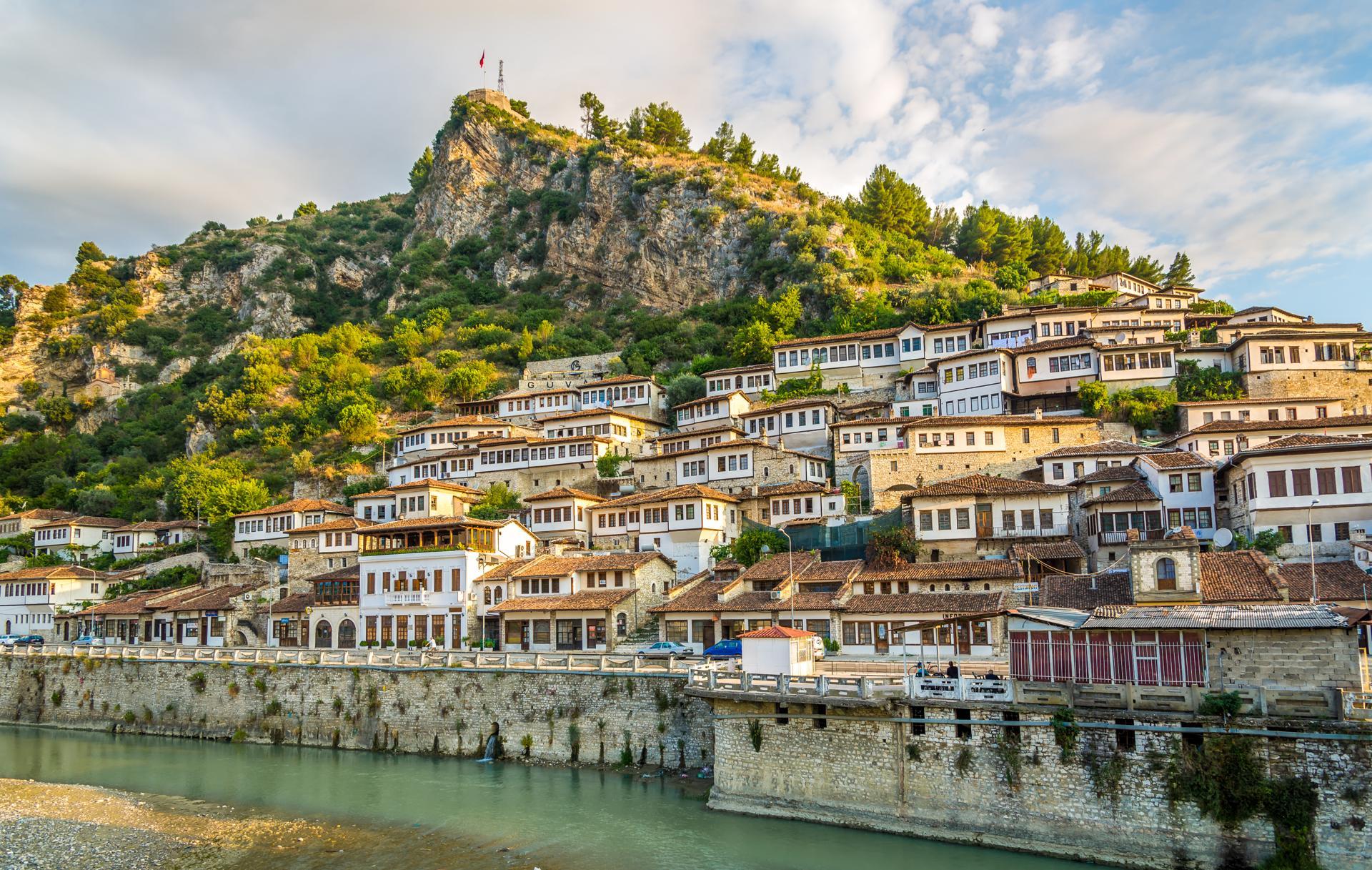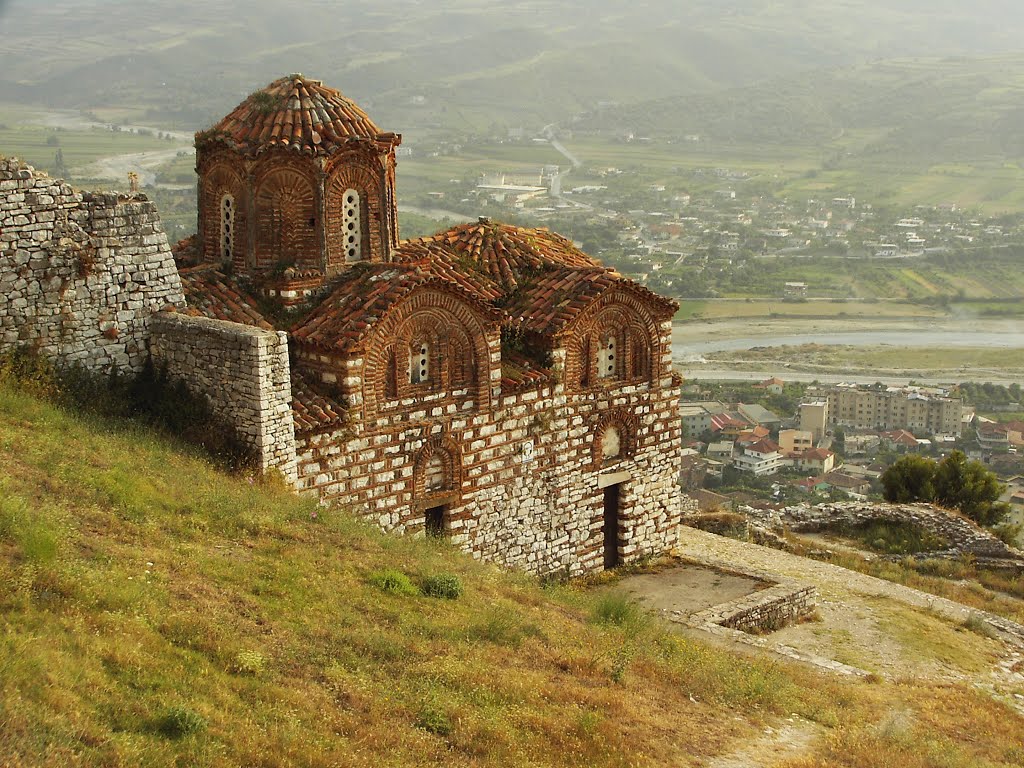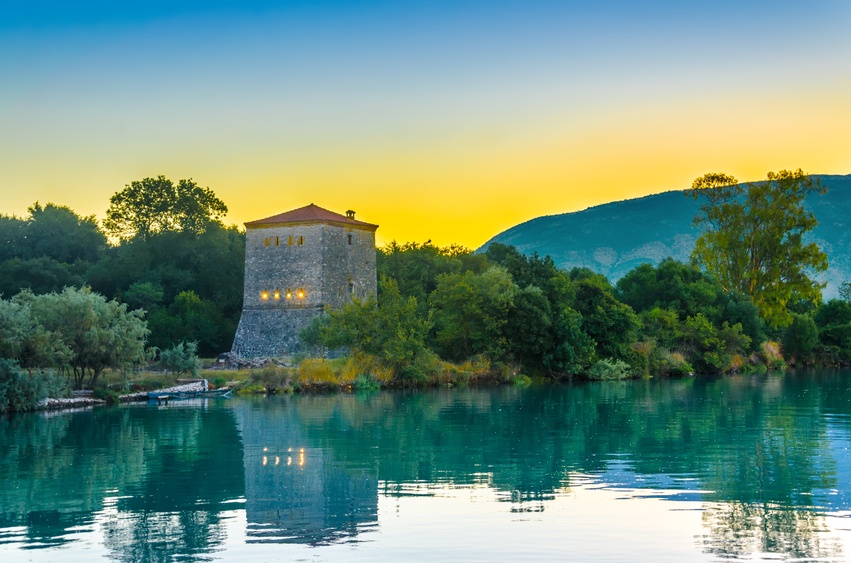10 Days Albanian Crossroads of Antiquity
It may seem a backwater now, but Albania’s importance in the ancient world is written large in the historical sources. Why was Albania so important? One look at its geography will tell you. This is a country blessed with natural harbors, and a short sea crossing to the Italian port of Brindisi.
It is also the start of the most direct overland route from the Adriatic to Istanbul, which in Roman times was traced by the Via Egnatia. A natural staging post between the eastern and western Mediterranean, Albania flourished under Greeks, Romans, Byzantines, and Ottomans.
Day 1: Tirana
Transfer from Tirana International Airport to the hotel. Dinner and overnight in Tirana.
Day 2: Durrës, Apollonia
Durres was a key port for both the Greeks and the Romans, and a vital link on the route from Europe to Asia. We visit its amphitheatre, the largest in the Balkans, as well as the Roman forum, the ancient city walls and the archaeological museum. Then it’s time for Apollonia. Founded by colonists from Corinth around 600 BC, it was later home to a famous Academy, where Octavian was studying in 44 BC. Finds are displayed in the cloisters of a 13th-century Byzantine monastery. First of two nights in Berat.
Day 3: Berat
Berat. A UNESCO world heritage site, Berat is one of Albania’s oldest and most attractive cities, with many Ottoman houses scattered across the hills above the river. A walking tour of the lower town includes the 15th-century mosque and the 18th-century Halvati Teqe. Meanwhile, the Byzantine citadel above shelters the Church of St Mary – home to the dazzling Onufri Icon Museum where 16th- and 17th-century Christian art and a beautiful iconostasis are displayed. Overnight in Berat.
Day 4: Byllis, Vlora
Once the largest city in southern Illyria, Byllis is a vast and atmospheric archaeological site, perched on a hilltop and commanding spectacular views. In Late Antiquity Byllis became an important Christian centre, and several basilicas were built. Vlora is the country’s second port; the first parliament convened here following the declaration of independence in 1912. Here, we see the Muradie Mosque; built in 1537 by the greatest of Ottoman architects, Mimar Sinan. Overnight in Vlora.
Day 5: Himara, Saranda
The day is spent travelling through Llogara National Park and along the breathtaking Ionic coast. The journey is broken in the bay of Porto Palermo, a few kilometres from the small town of Himara, where we visit a Venetian fort and castle. Arrive in Saranda for a panoramic view of the bay before continuing to the hotel for a one-night stay.
Day 6: Butrint, Gjirokastra
Situated by a lake close to the Greek border, Butrint (Buthrotum) was settled by Greeks from nearby Corfu in the 6th century BC. It became an important Roman colony, declined in Late Antiquity and was abandoned in the Middle Ages. Lords Sainsbury and Rothschild set up the Butrint Foundation in 1991 to protect and examine the site. Excavation has revealed substantial elements of the late Roman and Byzantine town including a basilica, baptistery and a palace. First of two nights in Gjirokastra.
Day 7: Gjirokastra, Labova e Kryqit
The steep cobbled streets and stone-roofed Ottoman houses of Gjirokastra are best appreciated from the castle. We visit the Old Bazaar, a traditional Ottoman house and the former home of dictator Enver Hoxha, now an ethnographic museum. In the afternoon, the remote village of Labova e Kryqit (Labova of the Cross) is our destination – to see one of the oldest Byzantine churches in Albania, dating back to the 6th century. Overnight in Gjirokastra.
Day 8: Ardenica, Tirana
Drive north to the Monastery of Ardenica, built in 1282 by Byzantine Emperor, Andronikos II Palaiologos and famous as the site of the wedding in 1451 of Albania’s national hero, Skanderbeg. From here, we continue to the capital, Tirana. The afternoon is spent in the vast National Historical Museum where displays span from antiquity to the Communist regime of Enver Hoxha. First of two nights in Tirana.
Day 9: Lezha, Kruja
Drive to Lezha to see the Skanderbeg memorial, built on the site of the ruined cathedral where the hero is buried. Next stop is Kruja, Albania’s medieval capital, clustered around its restored bazaar, above which sits a ruined citadel and castle. It is also home to an excellent Ethnographic Museum and a modern museum dedicated to the life of Gjergj Kastrioti (aka Skanderbeg). After some free time, we return to Tirana for the final night.
Day 10: Tirana
Depending on your departure time, morning tour of Tirana includes some of the city’s grand central boulevards, lined with relics of its Ottoman, Italian and Communist past. There is also a visit to the National Art Gallery. Transfer to Tirana International Airport.

